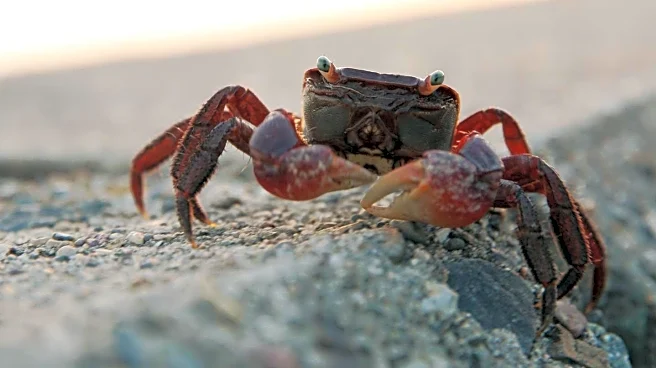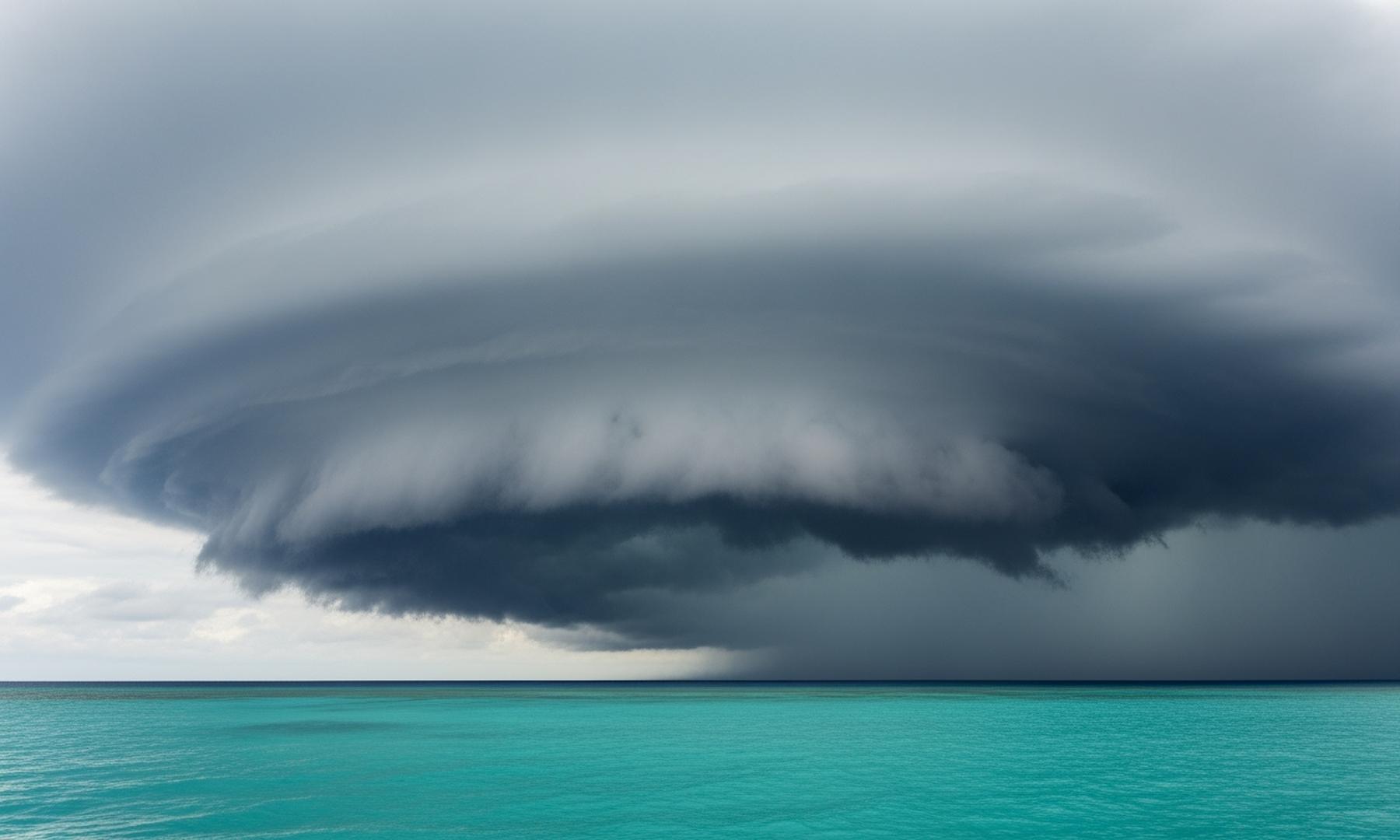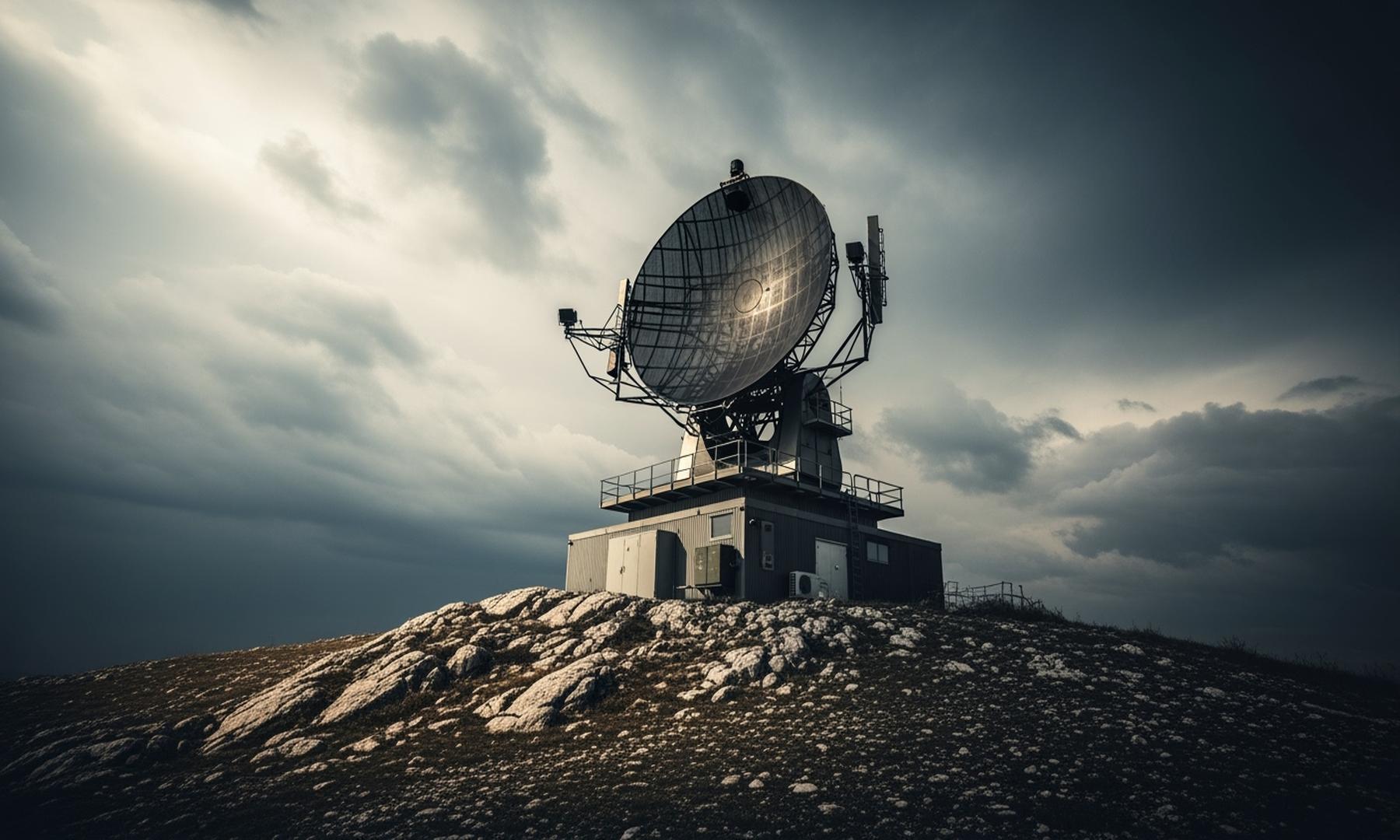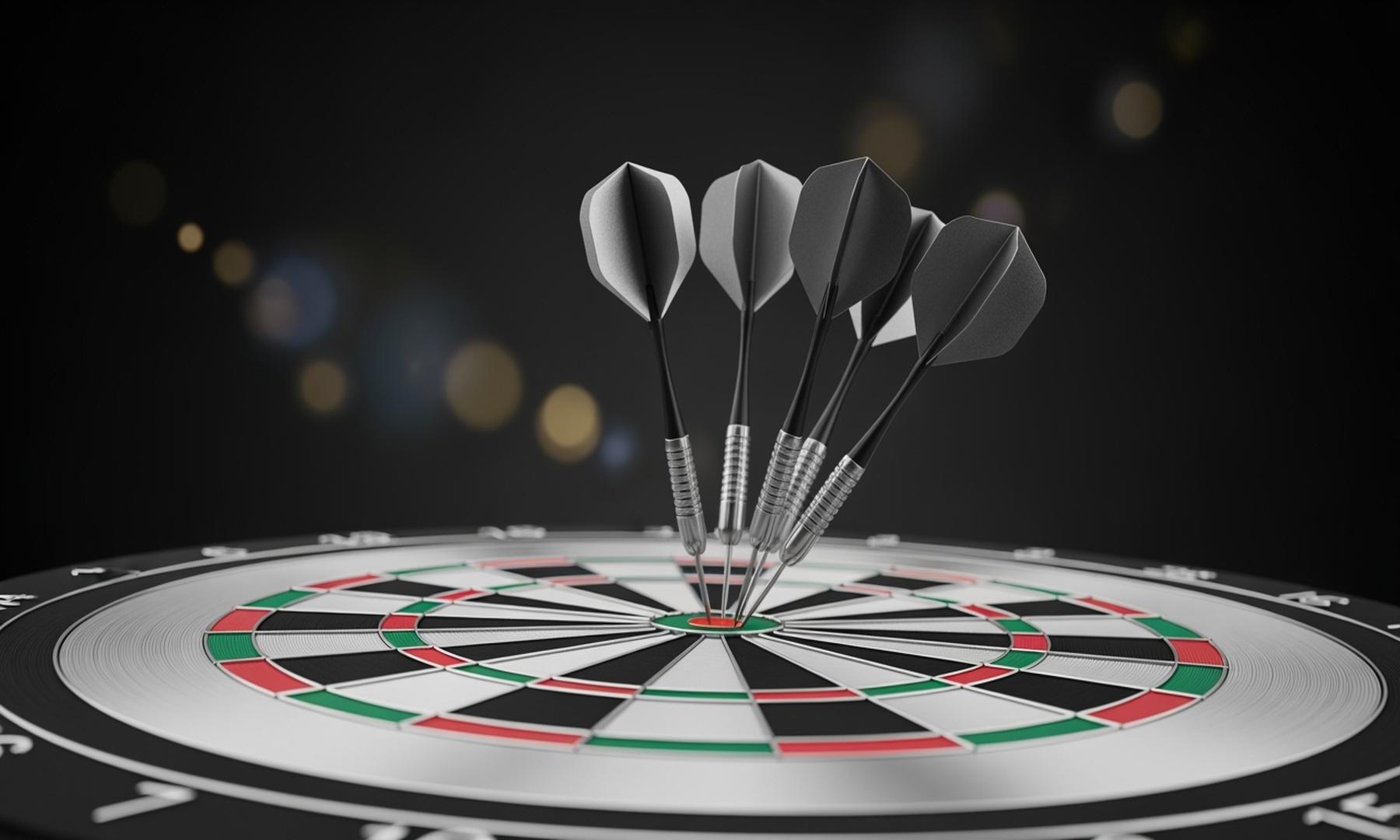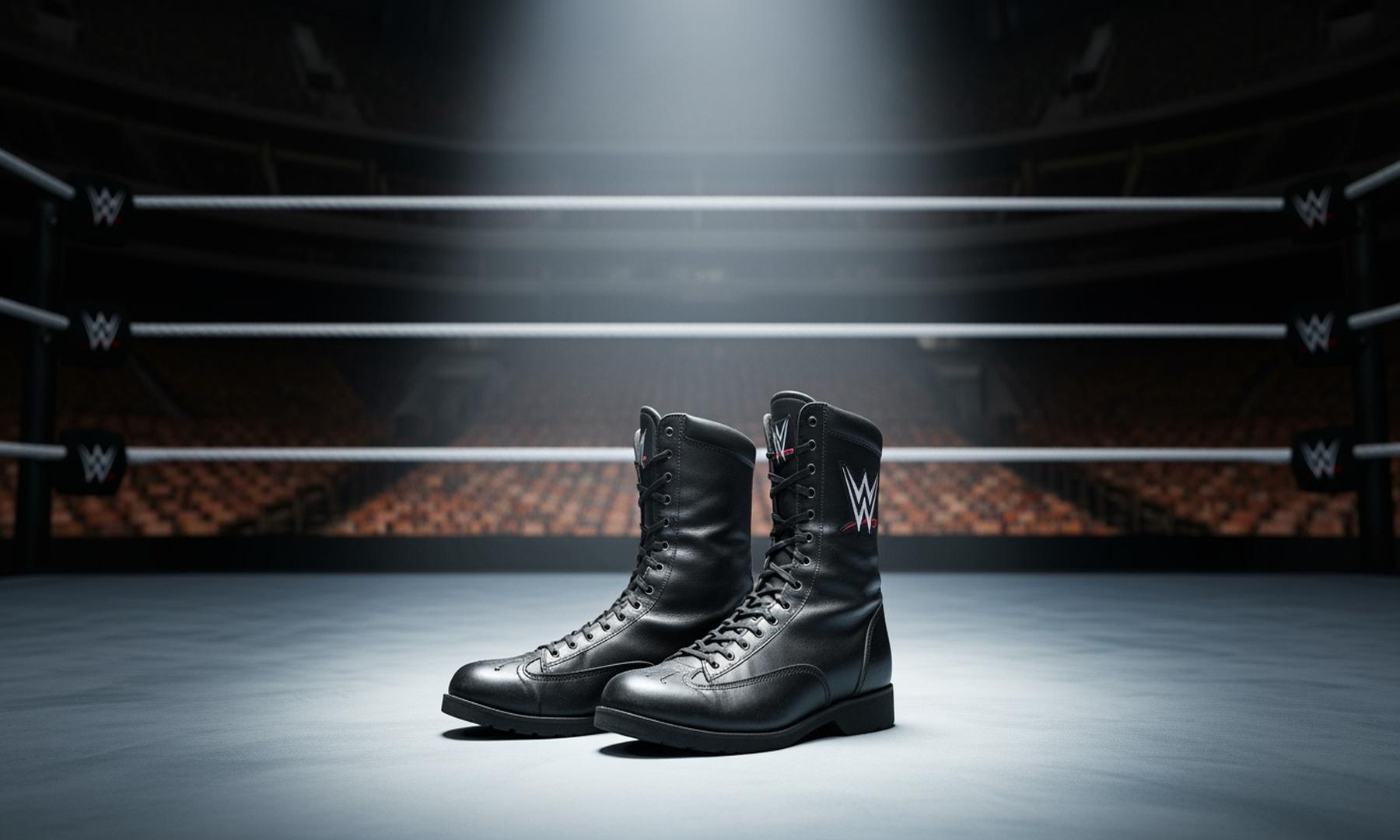What's Happening?
On Christmas Island, tens of millions of red crabs are undertaking their annual migration to the ocean, a natural event triggered by the onset of the Southern Hemisphere summer rains. The island's human
population, numbering around 1,200, is actively assisting the crabs by using garden tools like leaf blowers and rakes to clear paths for them. This migration involves up to 100 million crabs moving from forest burrows to the shoreline to breed. The crabs' journey is a significant event on the island, with residents taking measures to protect them from road traffic and other hazards.
Why It's Important?
The red crab migration is a critical ecological event for Christmas Island, highlighting the unique biodiversity of the region. The crabs play a vital role in the island's ecosystem, contributing to nutrient cycling and forest health. The community's efforts to aid the crabs underscore the importance of human intervention in preserving natural phenomena. This event also draws attention to the challenges of balancing human activity with wildlife conservation, as residents must navigate the logistical difficulties of living alongside such a massive migration.
What's Next?
The migration is expected to culminate with the female crabs releasing their eggs into the ocean around mid-November, coinciding with the lunar cycle. Following this, the young crabs will spend a month in the ocean before returning to the island. The community will continue to support the crabs' journey, using tools like leaf blowers to protect the young crabs from traffic as they make their way back to the forest.
